This Christmas holiday I decided to return to playing with some peripheral hardware I bought for the Commodore 128D machine I discovered here in Italy 8 years ago. I have already written extensively about both the Zoomfloppy Drive (the subject of this post) as well as the uIEC SD card drive that provides a SD-card enabled drive, which is pretty slick. In fact, I went so far as doing a 5-minute video comparing what each does and does not do. I was good, and thorough.
But 7 and a half years have past and things have changed on the computer front. I erased my portion of the Macbook Pro that I originally setup for the Zoomfloppy that was acting as the bridge with the c128D. OpenCBM is the software/driver that the Zoomfloppy depends on to access the drive, and thanks to this brilliant post by Christian Vogelgsang I was able to get OpenCBM running on my Mac back in 2016. But, not surprisingly, a lot has changed since and when I returned to the process recently I have been hitting some snags.
So, this post is a “message in the bottle” approach to a solution, and I’ll be throwing it out into the vast ocean of the internet (being sure to comment on Christian’s blog) with hopes someone might know a way I can get the drivers working on my Mac again so I can use the Zoomfloppy.
My Zoomfloppy board is running Firmware v7, so I tried to install version 2 of the code Christian provides to install with MacPorts, but I get the following error message:
Can't map the URL 'file://.' to a port description file
("can't set "revision": revision must be an integer").
Please verify that the directory and portfile syntax are correct.
To use the current port, you must be in a port's directory.
The main log error code reads as follows:
:debug:build Environment:
:debug:build CC_PRINT_OPTIONS='YES'
:debug:build CC_PRINT_OPTIONS_FILE='/opt/local/var/macports/build/_Users_miles_opencbm/opencbm/work/.CC_PRINT_OPTIONS'
:debug:build CPATH='/opt/local/include'
:debug:build DEVELOPER_DIR='/Library/Developer/CommandLineTools'
:debug:build LIBRARY_PATH='/opt/local/lib'
:debug:build MACOSX_DEPLOYMENT_TARGET='10.14'
:debug:build SDKROOT='/Library/Developer/CommandLineTools/SDKs/MacOSX10.14.sdk'
:info:build Executing: cd "/opt/local/var/macports/build/_Users_miles_opencbm/opencbm/work/code" && cd opencbm && make -f LINUX/Makefile PREFIX=/opt/local MANDIR=/opt/local/share/man/man$
:debug:build system: cd "/opt/local/var/macports/build/_Users_miles_opencbm/opencbm/work/code" && cd opencbm && make -f LINUX/Makefile PREFIX=/opt/local MANDIR=/opt/local/share/man/man1 $
:info:build make: LINUX/Makefile: No such file or directory
:info:build make: *** No rule to make target `LINUX/Makefile'. Stop.
:info:build Command failed: cd "/opt/local/var/macports/build/_Users_miles_opencbm/opencbm/work/code" && cd opencbm && make -f LINUX/Makefile PREFIX=/opt/local MANDIR=/opt/local/share/ma$
:info:build Exit code: 2
:error:build Failed to build opencbm: command execution failed
:debug:build Error code: CHILDSTATUS 25255 2
:debug:build Backtrace: command execution failed
:debug:build while executing
:debug:build "system {*}$notty {*}$callback {*}$nice $fullcmdstring"
:debug:build invoked from within
:debug:build "command_exec -callback portprogress::target_progress_callback build"
:debug:build (procedure "portbuild::build_main" line 8)
:debug:build invoked from within
:debug:build "$procedure $targetname"
:error:build See /opt/local/var/macports/logs/_Users_miles_opencbm/opencbm/main.log for details.
When I try and install the bleeding edge version of the code I get the following errors:
Miless-Air:opencbm miles$ sudo port install
---> Computing dependencies for opencbm
---> Fetching distfiles for opencbm
---> Verifying checksums for opencbm
---> Extracting opencbm
---> Configuring opencbm
---> Building opencbm
Error: Failed to build opencbm: command execution failed
Error: See /opt/local/var/macports/logs/_Users_miles_opencbm/opencbm/main.log for details.
Error: Follow https://guide.macports.org/#project.tickets if you believe there is a bug.
Error: Processing of port opencbm failed
The main log error code reads almost identical to the one got for version 2, so the same issue seems to be happening.
All that said, I can get version 1 of the code that Christian provided up and running, but whenIi try and detect the xum1541 drive (or the Zoomfloppy) I get a no xum1541 device found
Miless-Air:opencbm miles$ cbmctrl detect
error: no xum1541 device foundI’m running this on an old Macbook Air running Mac OS Mojave, and it rarely sees the light of the day, but I figured to try an older machine with an outdated OS and still running Intel chip to reproduce the situation I had when the Zoomfloopy driers actually worked.
Anyway, I’m not sure anyone out there is running into similar issues, but if so and you have any ideas and/or just want to commiserate, feel free in the comments. That said, solutions are always most welcome 🙂



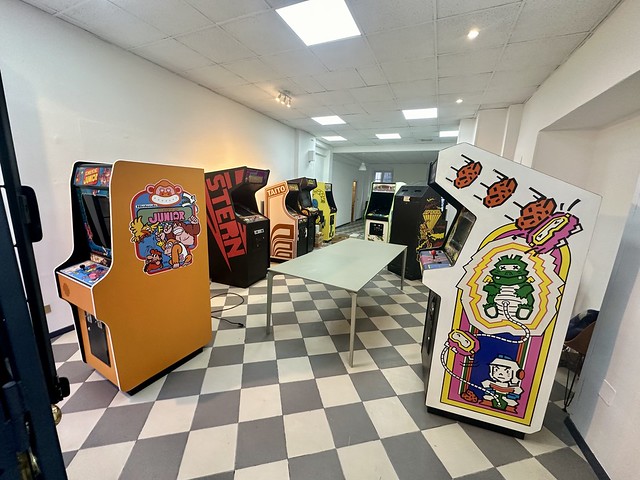



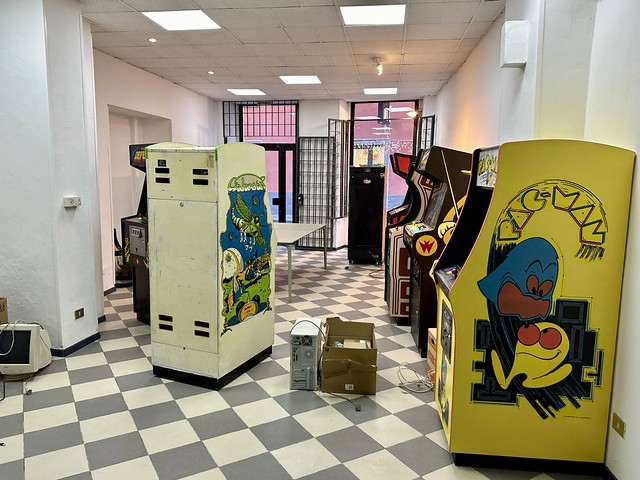


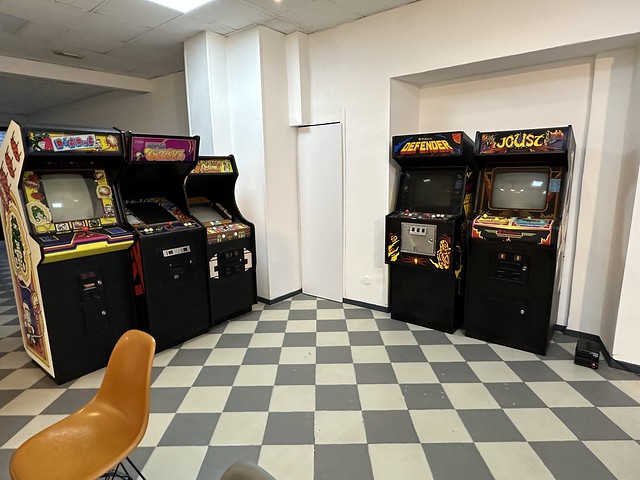
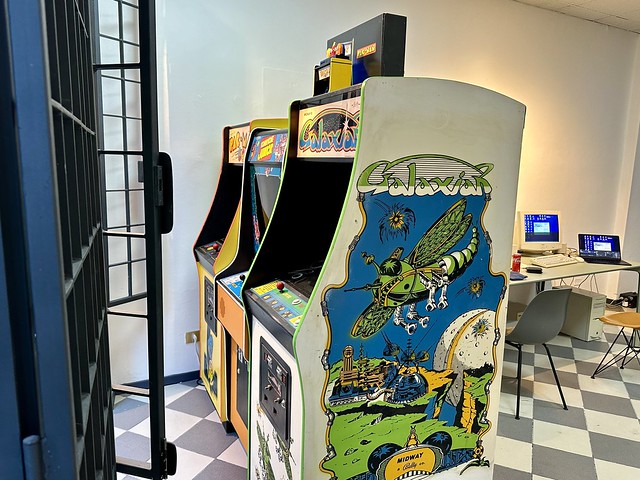

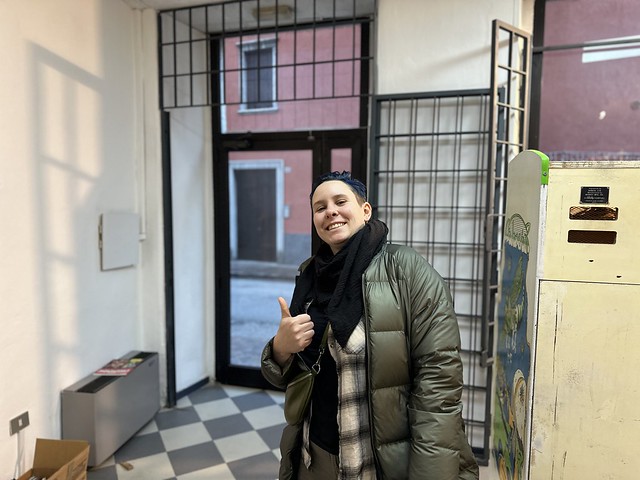
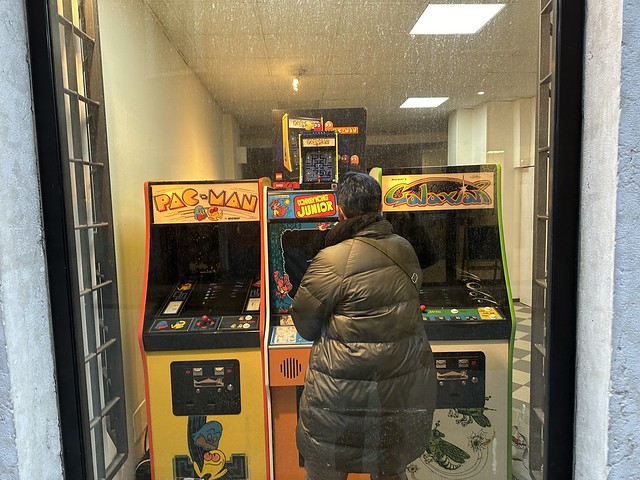










 More than anything, I continue to be blown away by the fact that I don’t remember so much of it. Let me start with a telling example of the experience on a few levels. Going through the On This Page post links a few days ago I found
More than anything, I continue to be blown away by the fact that I don’t remember so much of it. Let me start with a telling example of the experience on a few levels. Going through the On This Page post links a few days ago I found





















